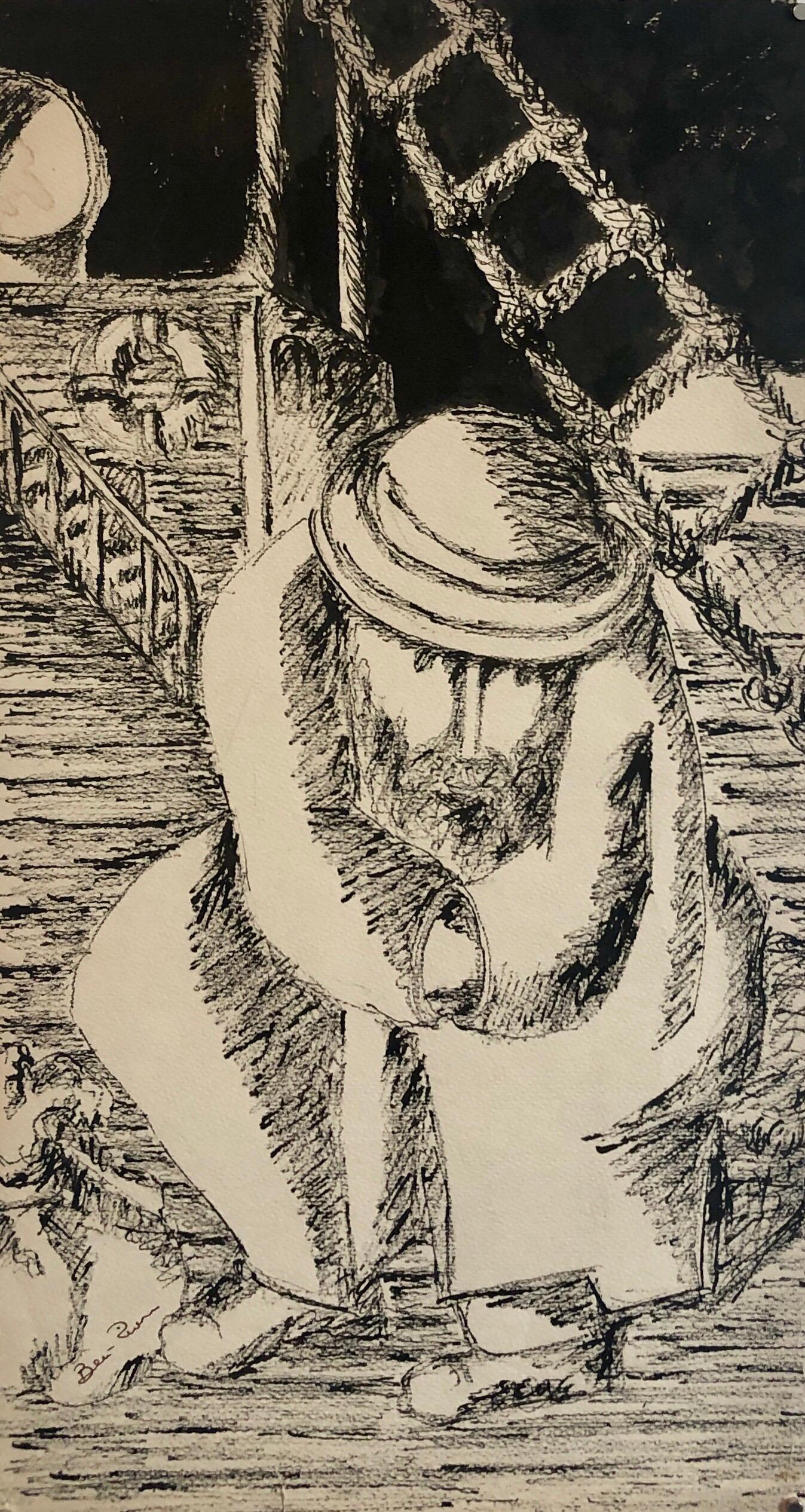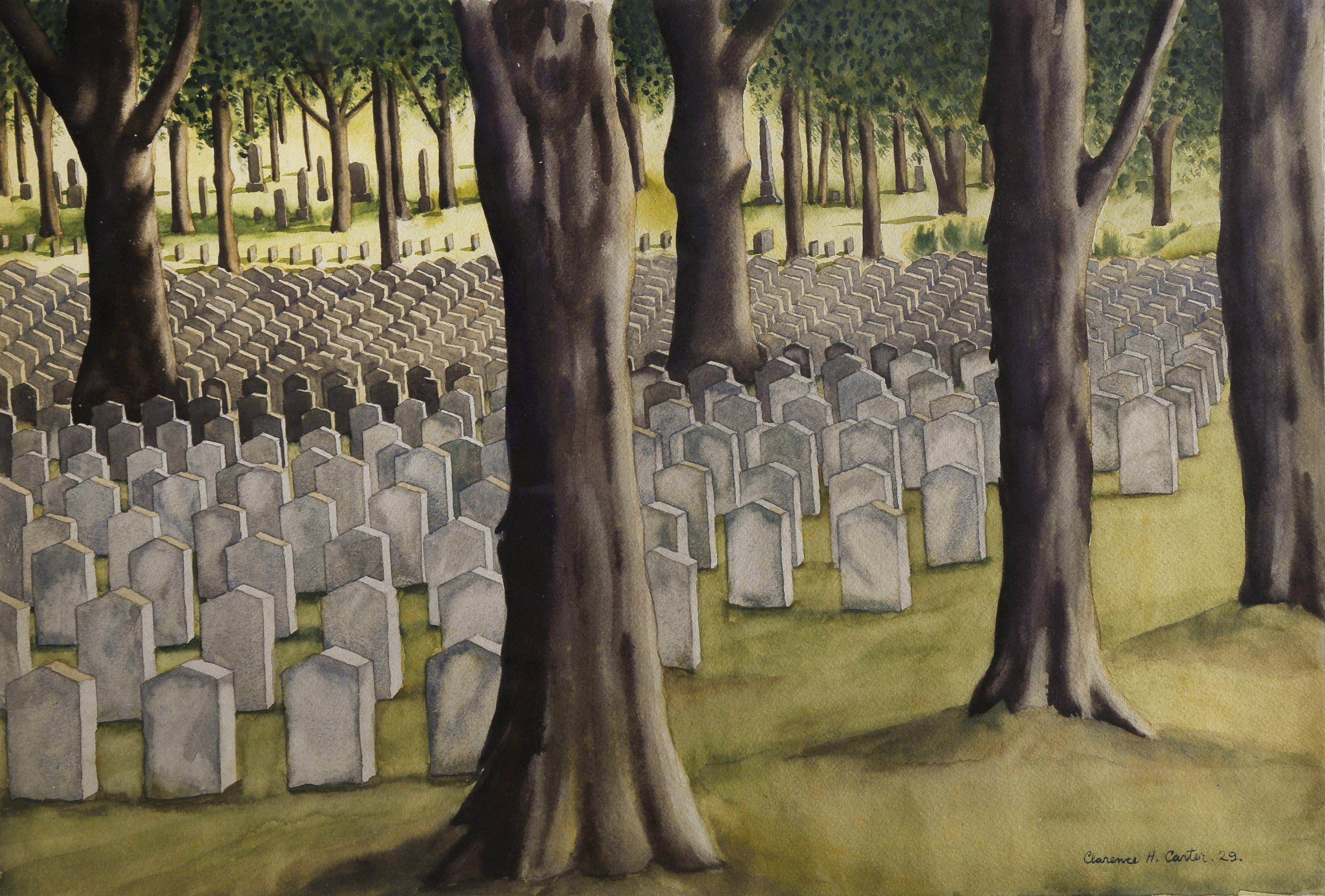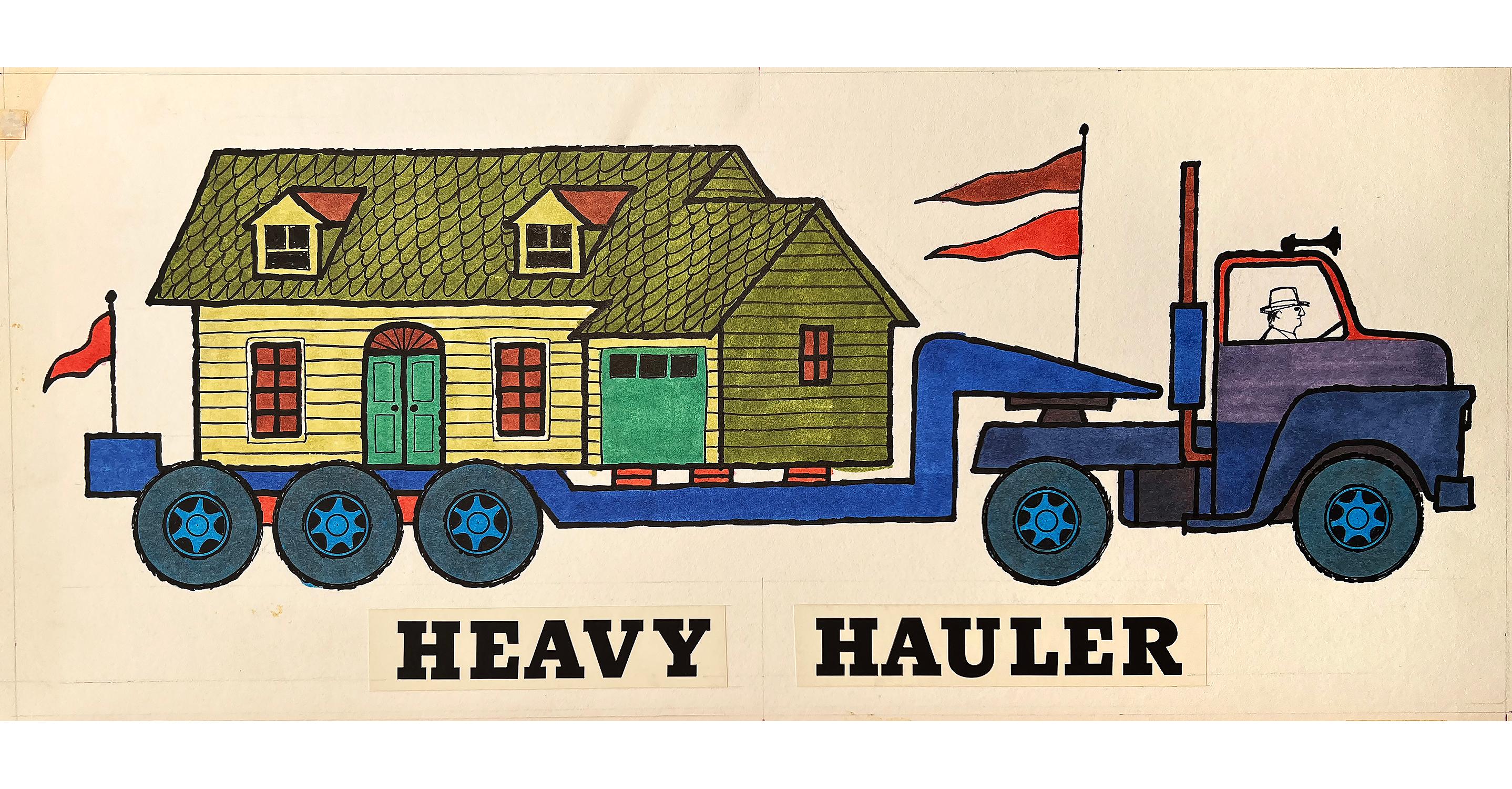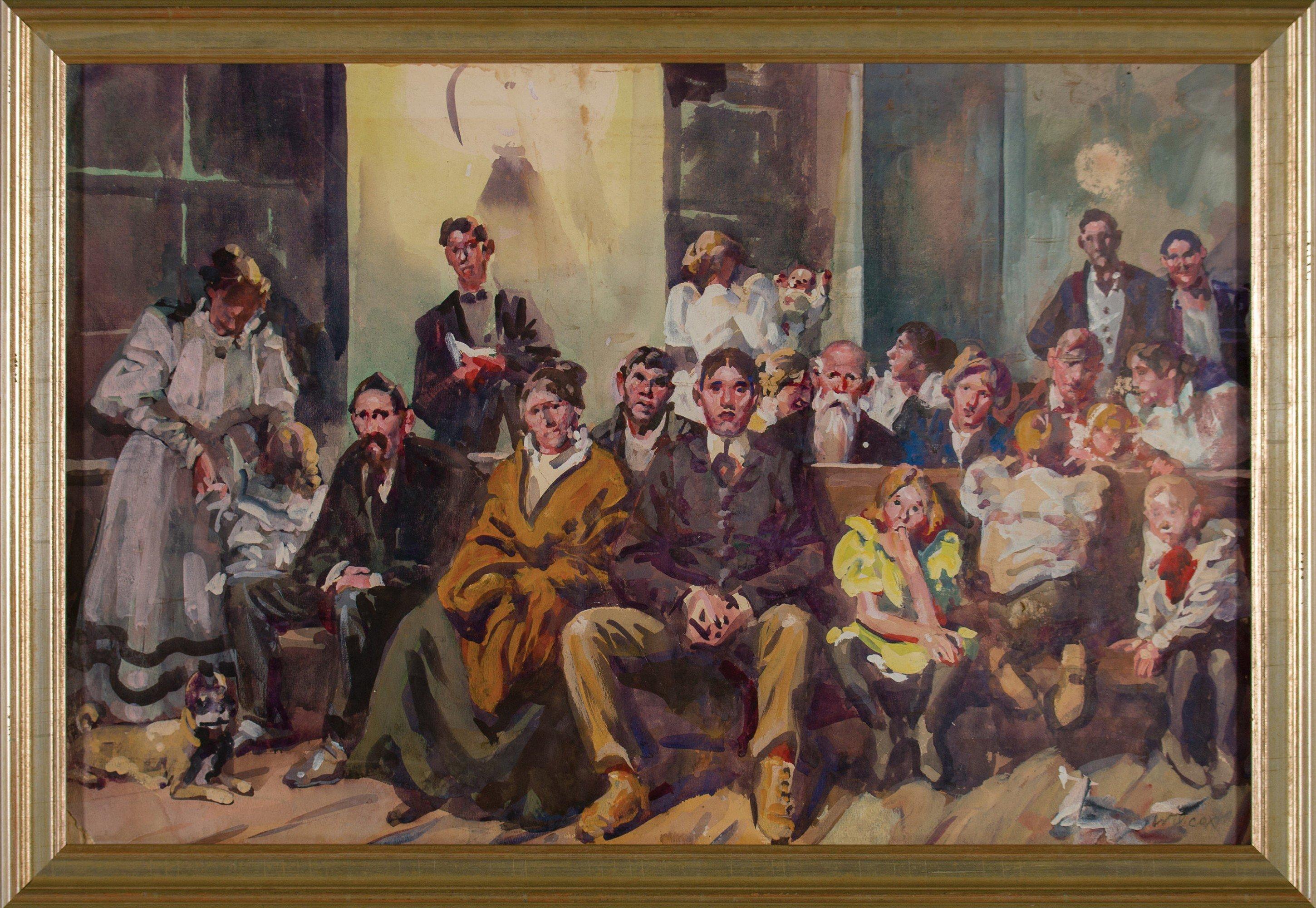Items Similar to That's a Wrap, Playboy cartoon Illustration ,
Want more images or videos?
Request additional images or videos from the seller
1 of 4
Dink SiegelThat's a Wrap, Playboy cartoon Illustration ,1971
1971
About the Item
Dink Siegel (American, 1910-2003)
That's a Wrap, Playboy cartoon, August 1973
Mixed media on board
11.25 x 8.5 in.
Signed lower right
- Creator:Dink Siegel (1910 - 2003, American)
- Creation Year:1971
- Dimensions:Height: 11.75 in (29.85 cm)Width: 8.75 in (22.23 cm)
- Medium:
- Movement & Style:
- Period:
- Condition:
- Gallery Location:Miami, FL
- Reference Number:1stDibs: LU38531849163
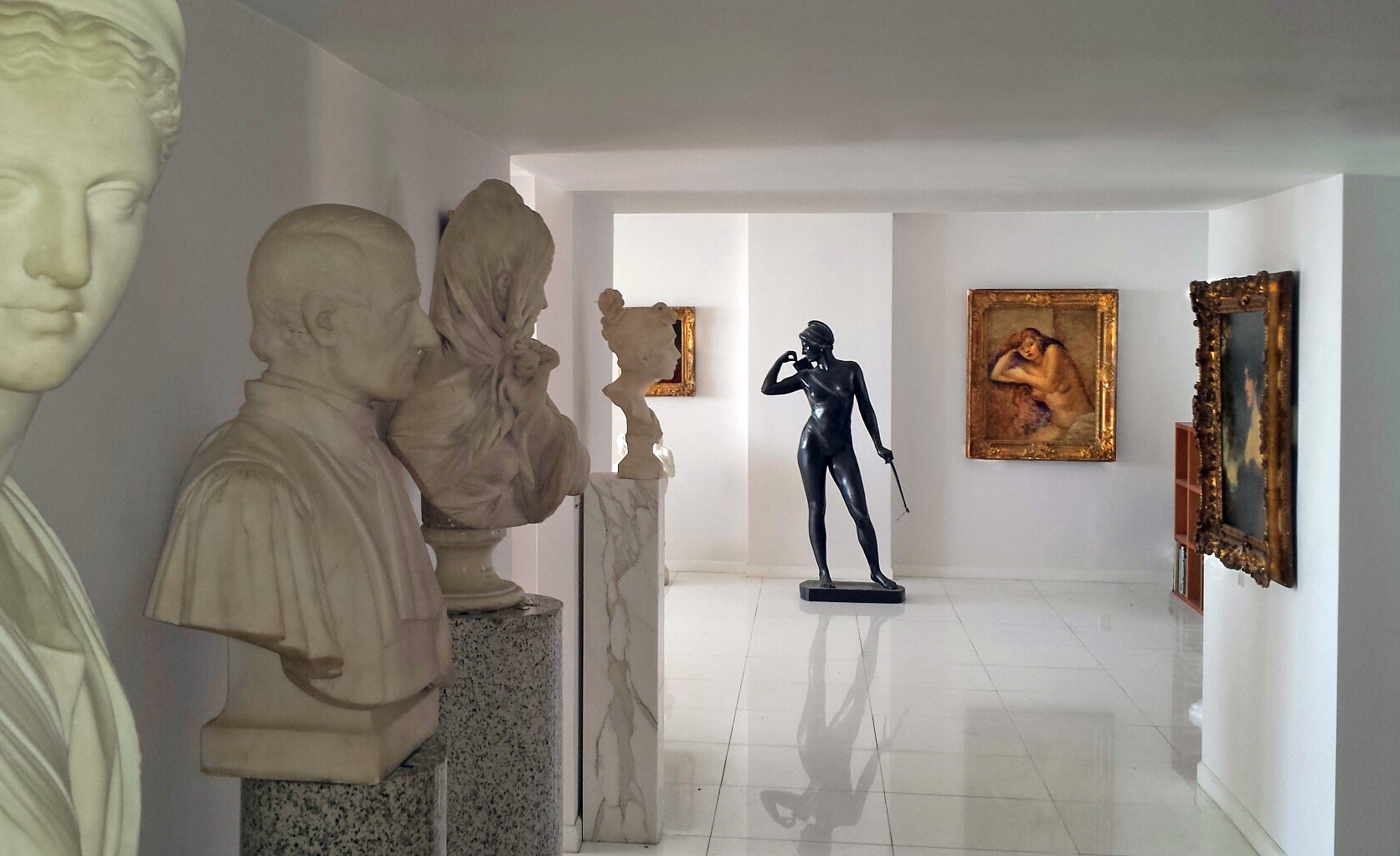
About the Seller
4.9
Gold Seller
These expertly vetted sellers are highly rated and consistently exceed customer expectations.
Established in 2005
1stDibs seller since 2016
102 sales on 1stDibs
Typical response time: 1 hour
- ShippingRetrieving quote...Ships From: Miami, FL
- Return PolicyA return for this item may be initiated within 3 days of delivery.
More From This SellerView All
- Heavy Hauler - Mid-Century Illustration - Children's BooksBy Art SeidenLocated in Miami, FLArt Seiden was born in Brooklyn, NY in 1923. He received a BA at Queens College and studied for eight years (!) at the Art Students League. Mario Cooper was among his instructors. Up...Category
1950s American Modern Figurative Drawings and Watercolors
MaterialsWatercolor, Pencil
- Issac Mizrahi illustrationBy Michaele VollbrachtLocated in Miami, FLIssac Mizrahi fashion illustrationon Arches paper signed in ink lower right Circa 1990's Image 29.5" H x 21.25" Frame: 31.5" H x 23.75" W x 1.5" D. Th...Category
1990s Modern Figurative Paintings
MaterialsGouache, Watercolor, Pencil
- Spring - American CubismBy Max WeberLocated in Miami, FLCubist influence mixed with soft warm colors is on full display in this charming work. Signed twice. 6 Gallery Tags on verso Sotheby's Kennedy Galleries Barbara Mathes Gallery Sid Deutsch Gallery The Downtown Gallery University of Arizona Art...Category
1910s Cubist Figurative Drawings and Watercolors
MaterialsPastel
- Art Nouveau Illustration Women and Children in the WoodsLocated in Miami, FLComplex Art Nouveau patterns intertwined with gracefull figures define this work by American Artist and illustrator, teacher and lecturer Mildred Bailey Carpenter. Signed in cartouc...Category
1920s Art Nouveau Figurative Drawings and Watercolors
MaterialsBoard, Paper, Gouache
- Biblical Story illustration Art for Religious Magazine CoverLocated in Miami, FLMiriam Story Hurford was a prolific and major American female illustrator in the 1930s to the 1950s. Her work was for cover art for women's magazines and home magazines and religious magazines. This work depicts t the wise men being guided by the star of Bethleham to the birth of the Christ child for a Christmas magazine...Category
1930s American Realist Figurative Paintings
MaterialsPencil, Gouache
- Cute Children's Book Illustration British Female Illustrator - Teddy BearsLocated in Miami, FLA British Female Illustrator paints a warm and fuzzy scene from a child's imagination, with ducks and teddy bears gazing at a "Mr Willoughby's eyeglass" standing on it's edge as it l...Category
1920s Victorian Figurative Drawings and Watercolors
MaterialsWatercolor, Gouache
You May Also Like
- Modernist Judaica Jewish Ink Drawing Painting "New Immigrant" Off the Boat WPABy Ben-Zion WeinmanLocated in Surfside, FLAn ink drawing Judaic painting by modern artist Ben-Zion Weinman. It depicts a portrait of an old Jewish man. Coming over from Europe on a ship crossing. The work is signed "Ben-Zion". Born in 1897, Ben-Zion Weinman celebrated his European Jewish heritage in his visual works as a sculptor, painter, and printmaker. Influenced by Spinoza, Knut Hamsun, and Wladyslaw Reymont, as well as Hebrew literature, Ben-Zion wrote poetry and essays that, like his visual work, attempt to reveal the deep “connection between man and the divine, and between man and earth.” An emigrant from the Ukraine, he came to the US in 1920. He wrote fairy tales and poems in Hebrew under the name Benzion Weinman, but when he began painting he dropped his last name and hyphenated his first, saying an artist needed only one name. In 1920 he settled in America, where he found little interest in his writing. He began teaching Hebrew to support himself and then in the early 1930s returned to painting. He used his art to comment on the rise of fascism in Europe, events he felt could not be adequately explored with words. Largely self-taught, Ben-Zion visited the museums of New York City to learn his new trade. His first painting on a large scale, Friday Evening (1933, Jewish Museum, New York), depicts a Sabbath dinner table as recalled from his family home. Ben-Zion supported himself by working odd jobs until the establishment of the Works Progress Administration's Federal Art Project. Under the auspices of the wpa, Ben-Zion thrived and galleries began to show his work. In 1936, after his first one-man show at the Artists' Gallery in New York Ben-Zion was a founding member of “The Ten: An Independent Group” The Ten” a 1930’s...Category
1940s American Modern Figurative Paintings
MaterialsWatercolor, Gouache
- Large Watercolor Painting John Groth, Men Wrestling, Esquire Magazine WPA ArtistBy John GrothLocated in Surfside, FLJohn August Groth (American, 1908-1988) "Wrestling Match," Watercolor painting, hand signed upper right and inscribed upper left, "Las Palmas Canary Islands Lucha Canary Wrestling". Framed Size: 21'' x 29'', 53 x 74 cm (sight); 28.5'' x 36.25'', 72 x 92 cm (frame). Depiction of a wrestling match in a city square. John August Groth (1908 - 1988) was an illustrator and art teacher. He gained recognition as a war correspondent-illustrator. He studies at the Art Institute of Chicago and at Art Students League with Todros Geller, Robert Brackman, Arnold Blanch and George Grosz. He was a member: Society of American Etchers; American Newspaper Guild; Society of Illustrators; Associate Member of the National Academy of Design; American Water Color Society. Positions : Art Director at Esquire 1933 - 1937, Parade Publications 1941 - 1944; War Correspondent for Chicago Sun 1944; American Legion Magazine 1945; Artist-Correspondent in Vietnam 1967.Teacher at Art Students LeagueHe was the first art director of Esquire Magazine and taught at the Art Students League, the Pratt Institute, and the Parsons School of Design. In 1940, he was included in an exhibition at MOMA, titled, "PM Competition: The Artist as Reporter." The exhibition included Philip Guston, Reginald Marsh, John Tworkov, John Heliker, Adolf Dehn, and Chet La More. Groth began sketching intently during the Great Depression after studying at the Art Institute of Chicago. Following the advice of an editor, he penned 100 sketches a day for years. He learned to increase his speed by listening to sports on the radio and sketching the action as fast as he could. "I would listen to the games on the radio at night, and sketch the plays. It made me very quick." His break came when Arnold Gingrich, an editor for Esquire magazine, approached him at an art show in Chicago and offered him a position. "The way (Arnold Gingrich) told it," John Groth says, "he found this barefoot, bearded kid in the park, and the next day made him art director of the world's leading men's fashion magazine. But I swear I was wearing shoes." Groth went on to work as a correspondent and illustrator for the Chicago Sun, Collier's, Sports Illustrated, and The Saturday Evening Post. He developed a passion for war zones. He covered six different wars and was one of the first correspondents in Paris after its liberation. "It is only at war that I feel complete... There, you meet all sort of men -- farmers, mechanics, college professors. It rains on them and it rains on you. The shells burst in the air, and you are there, too." He would make a splash when he beat out friend and rival, Ernest Hemingway, into Paris in 1944. Hemingway was writing for the Chicago Tribune and Groth for the Chicago Sun. Groth was in the first jeep into Paris and got the scoop. His headline read, "Yanks are in Paris!" Hemingway would later write about Groth's technique. “None of us understood the sort of shorthand he sketched in. The men would look at the sketches and see just a lot of lines. It was a great pleasure to find what fine drawings they were when we got to see them. Groth went on to illustrate such classic books as: A Christmas Carol, All Quiet on the Western Front, The Grapes of Wrath, The War Prayer, and Gone with the Wind. Deborah Churchman described Groth's work in a 1980 Washington Post article: "Groth's pictures center on the day-to-day life of people caught in terrifying circumstances -- armies occupying cities, soldiers sweeping roads for land mines, bullfighters facing death." Bernie Schonfeld, a photographer for Life Magazine said of Groth, "John is one of the gentlest people in the world, and he always gets himself into the wildest hell hole." He joined the First Congress of American Artists Against War and Fascism in 1936, along with Stuart Davis, Peter Blume...Category
Mid-20th Century American Modern Figurative Paintings
MaterialsPaper, Watercolor
- Confederate Soldiers' Cemetery, Camp Chase, Columbus, Ohio WatercolorBy Clarence Holbrook CarterLocated in Beachwood, OHClarence Holbrook Carter (American, 1904-2000) Confederate Soldiers' Cemetery, Camp Chase, Columbus, Ohio, 1929 Watercolor on paper Signed and dated lowe...Category
1920s American Modern Figurative Drawings and Watercolors
MaterialsWatercolor
- "In Foreign Parts" Eugene Higgins, Southwestern Pueblo, Modern FigurativeBy Eugene HigginsLocated in New York, NYEugene Higgins In Foreign Parts, circa 1913 Signed lower right Watercolor on paper Sight 17 x 13 inches Born William Victor Higgins in 1884 to a Shelbyville, Indiana farm family where the only art Victor was aware of as a child was his father's love of flowers. "He loved their forms and their colors, and he tended his garden as a painter might work a canvas." At the age of nine, Victor met a young artist who traveled the Indiana countryside painting advertisements on the sides of barns. He purchased paints and brushes so the young Higgins could practice his own artwork on the inside of his father's barn. He also taught Victor about art museums and especially about the new Chicago Art Institute. This information never left the young artist, and he saved his allowance until his father allowed him at the age of fifteen to attend Chicago Art Institute. He worked a variety of jobs to finance his studies both there and at the Academy of Fine Arts. Victor Higgins traveled to New York in 1908, where he met Robert Henri, who became a significant influence by depicting every-day scenes and stressing the importance of the spirit and sense of place as important factors in painting. Higgins was also greatly affected by the New York Armory Modernism Show of Marsden Hartley in 1913. While Victor Higgins was in Chicago he met former mayor and avid collector Carter H. Harrison who was to prove instrumental in the growth of Higgins career for several years. Harrison agreed to support Higgins for four years to go to Paris and Munich and paint and study in the great museums in Europe. While at the Academie de la Grande Chaumier in Paris (1910-1914) he met Walter Ufer, who was another Chicago artist being sponsored by Carter Harrison. This meeting was not only a life-long friendship, but the beginning of a great change in the way Higgins looked at "American" art. He decided that America needed it's own authentic style rather than the 19th Century classic style he was taught in Europe. Very soon after returning to Chicago in 1914, Harrison sent him and Walter Ufer on a painting trip to Taos, New Mexico for a year in exchange for paintings. Higgins made other similar agreements and was able to support himself with his painting. This trip was a life-changing experience and introduced Higgins to the authentic America he had been looking for. In 1914 Taos was an isolated village about twelve hours from Santa Fe on an impossible dirt road. But the colorful life of the pueblo people and the natural beauty drew a collection of artists who became the Taos art colony, from which the Taos Society of Artists was founded in 1915. Victor Higgins became a permanent resident within a year of his arrival and a member of the society in 1917, exhibiting with Jane Peterson in 1925 and with Wayman Adams and Janet Scudder in 1927. The members would travel around the country introducing the Southwest scenes with great success. He remained a member until the Society's dissolution in 1927. Higgins was the youngest member of the group of seven. Other members were Joseph Henry Sharp, Bert Phillips...Category
1910s American Modern Figurative Drawings and Watercolors
MaterialsWatercolor, Paper
- The Entertainment, 20th century American family scene watercolorBy Frank WilcoxLocated in Beachwood, OHFrank Nelson Wilcox (American, 1887-1964) The Entertainment, c. 1955 Watercolor on paper Signed lower right 20 x 30 inches Exhibited: 1955 May Show, Cleveland Museum of Art "The first district schools were log houses...Category
1950s American Modern Figurative Drawings and Watercolors
MaterialsWatercolor
- Mid Century "Driver with Hard Hat" Gouache and Oil Pastel Figurative 1960s SFBy Gloria DudfieldLocated in Arp, TXGloria Dudfield Driver with Hard Hat 1960s Gouache and Oil Pastel on Paper 27"x36" unframed $700 *Custom framing available for additional charge. Please expec...Category
Mid-20th Century American Modern Figurative Drawings and Watercolors
MaterialsOil Pastel, Paper, Gouache
Recently Viewed
View AllMore Ways To Browse
American Illustration
Cartoon Art
Modern Vintage Illustration
Vintage American Illustration
Cartoon Painting
Modern Retro Illustration
Retro American Illustration
Illustrations 1970
Signed Cartoon
Cartoon Vintage
Vintage Cartoons
Drawing Cartoon
Used Playboys
Used Playboy
Vintage Cartoon Art
Cartoon Figurative Painting
1910 Illustration
Playboy Art
